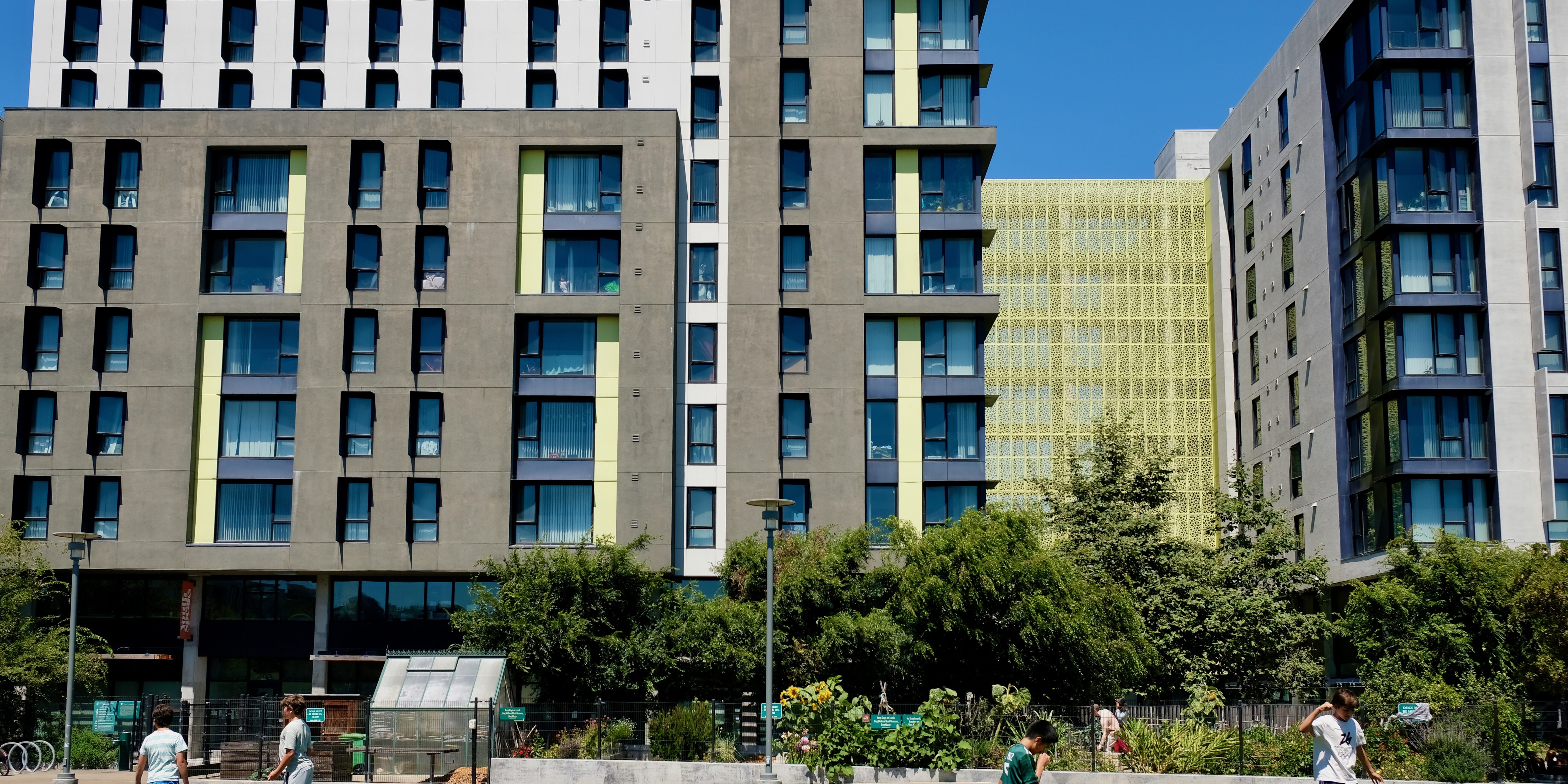Across the country, the affordable housing crisis continues to grow. Rising rents and home prices, coupled with long-standing inequities in housing access, are putting increasing pressure on low-income communities and communities of color. In response, many cities are building large-scale, mixed-use affordable housing developments—often supported by federal Low Income Housing Tax Credits (LIHTCs).
But what happens on the ground floor of these buildings matters just as much as what happens above. Too often, ground floor spaces sit vacant or cycle through short-term uses that don’t serve residents or neighbors. Community Vision’s new white paper, Empty Spaces to Thriving Places: Centering Community on the Ground Floor of Affordable Housing Projects, explores a different approach: prioritizing local, community-rooted nonprofits as ground-floor tenants.
Why It Matters
Ground-floor nonprofit spaces bring more than activity to a block—they bring stability, identity, and resources. These organizations can deliver essential programs, preserve cultural continuity, and activate neighborhoods in ways that reflect and strengthen the communities they serve. At the same time, developers benefit from more stable, mission-aligned tenants, and nonprofits gain long-term, affordable space to grow their impact.
What You’ll Find in the Paper
Drawing from several years of Community Vision’s work across Bay Area projects, the paper shares:
- Benefits and challenges of prioritizing nonprofit tenants in affordable housing developments.
- Two successful approaches to integrating nonprofits into ground-floor spaces.
- Recommendations for developers, nonprofit organizations, philanthropy, and local government.
- Case studies highlighting how this model is working in practice.
Read the Full Paper
With intentional design and collaboration, ground-floor spaces can be transformed from empty or underused areas into thriving places that anchor communities and advance equity.
Read the full white paper: Empty Spaces to Thriving Places: Centering Community on the Ground Floor of Affordable Housing Projects





